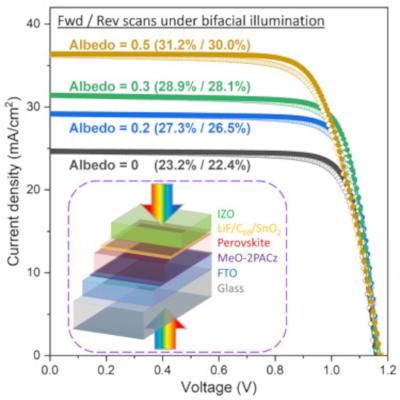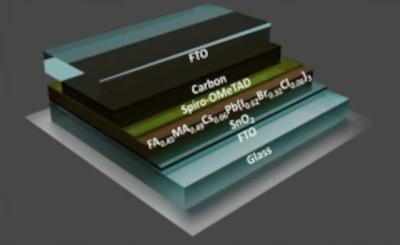Researchers improve understanding of HTM design for perovskite solar cells for space applications
Researchers from The University of Sydney, CSIRO Energy and Australia's Nuclear Science and Technology Organization have shown that perovskite solar cells damaged by proton radiation in low-Earth orbit can recover up to 100% of their original efficiency via annealing in thermal vacuum.
This is achieved through careful design of the hole transport material (HTM), which is used to transport photo-generated positive charges to the electrode in the cell.



